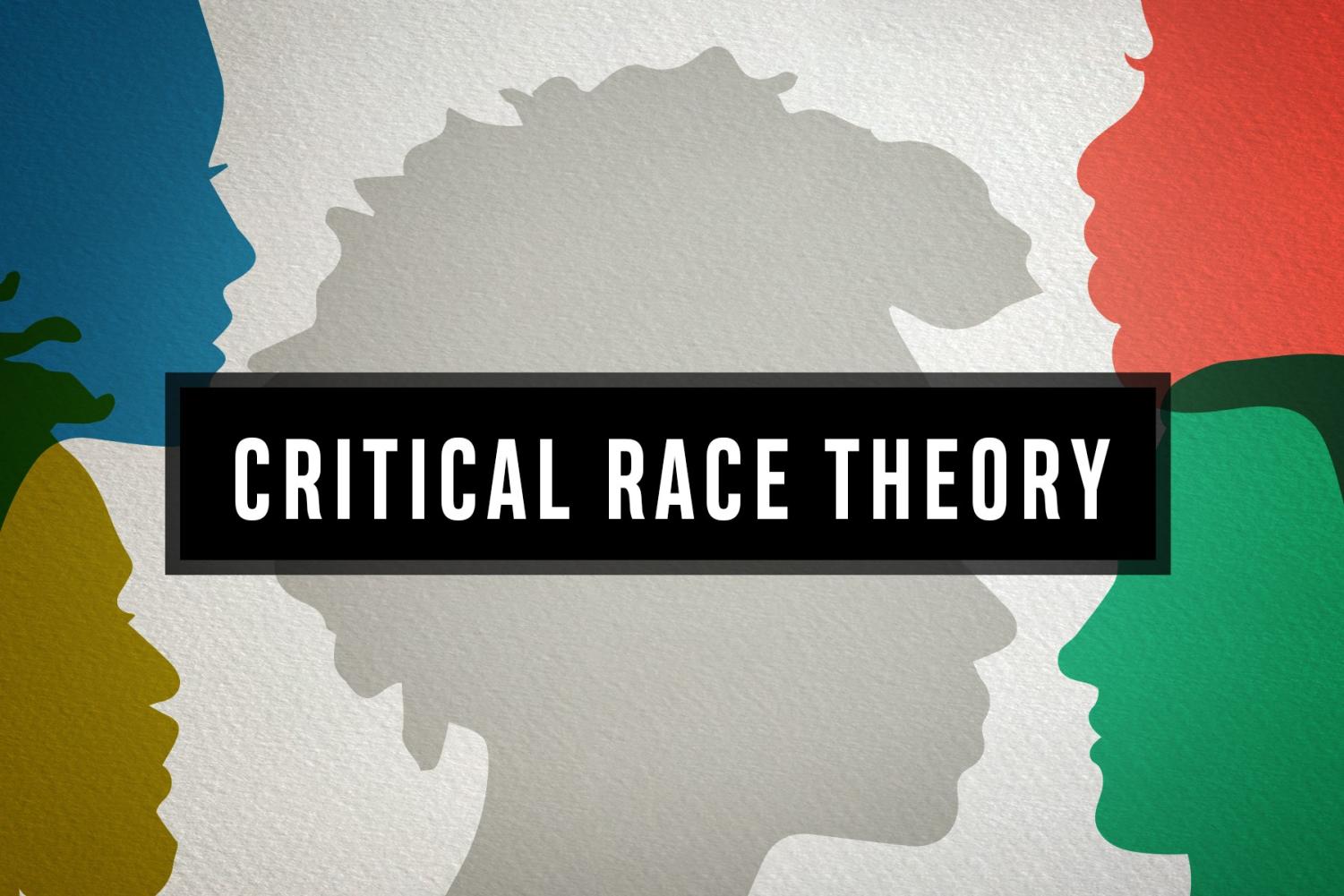Why Critical Race Theory is Important in American Education
A dive into the struggle to implement CRT into school curriculums, how it's being done and the impact it may have on race relations in America
March 29, 2022
Recently, a school district near Houston, Texas considered removing books like Ibram X. Kendi’s “How to Be an Antiracist” and Heather E. Schwartz’s “Michelle Obama: Political Icon” from school bookshelves. This is just one incident from the 14 states that are pushing to ban critical race theory in schools.
Critical race theory, or CRT, is the analysis and study of race within the contexts of law and liberalism. CRT has roots in critical theory, or philosophical thought that critiques social and historical ideologies that produce power structures. CRT coincides with critical legal studies and argues that laws can be racist and negatively impact people of color.
CRT originated from a group of scholars, most notably Derrick Bell — a lawyer, professor and civil rights activist. In the 1970s, Bell examined how political discourse impacted the progress of the civil rights movement.
He discovered three distinct racial patterns that formed the basis of U.S. law: constitutional contradiction, the interest convergence principle and the price of racial remedies. These ideas, as well as Bell’s book, “Race, Racism and American Law,” are the framework of CRT and its five major tenets.

CRT aims to …
- Argue that racism plays a significant role in American life.
- Challenge the status quo of race relations in American society.
- Assert that the knowledge of colored people and their experiences with race are essential for understanding racial equality.
- Insist that race and racism play a role in how we examine history.
- Serve as a framework committed to eliminating all forms of social injustice.
Despite CRT’s noble intentions, the question of whether it should be taught in public schools remains a source of contentious debate among Americans.
Some Americans believe that teaching CRT in schools causes white students to resent their race and their ancestors regarding their roles in colonization, slavery and other social structures embedded in white supremacy. Others argue that CRT can make white Americans feel their assumed status of superiority in the U.S. is in danger.
Regardless of the opposition to this concept, teaching CRT in schools is vital in order to eliminate systemic racism within our nation.
White fragility is a major form of opposition toward CRT and is what critical discourse scholar Robin DiAngelo defined as the defensiveness displayed by white people when discussing racial inequality. White people’s defensiveness can prevent conversations about race from occurring altogether, a concept known as white backlash.
This term was popularized amidst white Americans’ opposition to the civil rights movement. Scholar Ashley E. Jardina explained how white backlash occurs when white individuals feel that “the United States no longer looks like a ‘white nation’ which is dominated by white Anglo-Saxon Protestant culture.”
Some United States school districts have already implemented elements of CRT into their curriculum.
Although CRT is a graduate-level concept typically taught in law schools, this movement involves the teaching of an adapted and age-friendly version of critical race theory in public schools.
The Buffalo Public School system in New York integrated lessons about the Black Lives Matter movement and other social justice movements into their courses, with students writing pledges to stand up against injustice when they encounter it.
Students are learning about activists like Colin Kaepernick and what his protests meant to African Americans who face police brutality. They are finally being told about the racist, oppressive actions of the often-celebrated Christopher Columbus. Additionally, school districts across the nation are considering including anti-racist curricula and expanding diversity programs.
In Maryland, many school districts have implemented CRT into their curriculums.
Most notably, Montgomery County schools have trained their educators to teach restorative justice and anti-racist material. In Harford County, educators are opting to teach culturally responsive teaching, a method geared toward educating students using their culture and experiences to connect with their school environment and the material being taught. Examples of this include learning phrases in another language to connect with ESL students, as well as lessons about various cultural practices.
Unfortunately, culturally responsive teaching has been met with backlash from parents in Harford County, who insist this is another form of critical race theory. Other counties in Maryland have yet to declare a stance on implementing CRT in their school systems.

While Howard County preaches diversity and inclusivity in its schools, racism is an issue that has affected hundreds of students and faculty in the school system with incidents such as racist and homophobic vandalism by students at Glenelg High School in May 2018.
A 100-page petition crafted in July 2020 by more than 400 current and former Howard County students claimed racism is a dire problem in the Howard County school system.
Three months later, the Howard County Board of Education approved a policy that ensured educational equity in Howard County schools. The policy promised equitable learning opportunities for all students and emphasized promoting inclusion. It also discussed uprooting systematic flaws and addressing racism within the school system.
Despite its efforts to address racial issues within the school system, it remains unclear where Howard County stands regarding teaching CRT in its schools.
Ultimately, students of color can feel left behind and excluded from lesson plans when their experiences are seemingly not valued enough to be taught. Continuing to cherry-pick what we teach will ultimately produce another generation of students ill-prepared to deal with real-life racial conflicts.
In order for the current generation to effectively combat racism, we must thoroughly teach about America’s racist past and present to stop history from repeating itself.
Teaching CRT will create more instances such as what occurred in 2018, when fifth-graders from Titusville, New Jersey ensured that an African American couple had the honeymoon they were denied sixty years earlier.
CRT challenges the notion that race issues are just isolated incidents. In reality, these issues are a recurring pattern woven throughout American history. Teaching about racism in our nation can be the start to healing centuries-deep wounds for all Americans. We’ve experienced enough racial division. Now is the time for unity.
Overall, the push to eliminate racism has extended beyond the classroom and is present in recent legislation. The United States Congress has taken steps toward racial reconciliation by passing the Emmett Till Antilynching Act and condemning bomb threats against HBCUs which rattled historically Black colleges at the start of 2022.
Implementing CRT in schools is important to me as an African American because it will allow people to understand the uniqueness of being an African American — an experience shaped by a history of triumph, courage and strength in the face of adversity.
